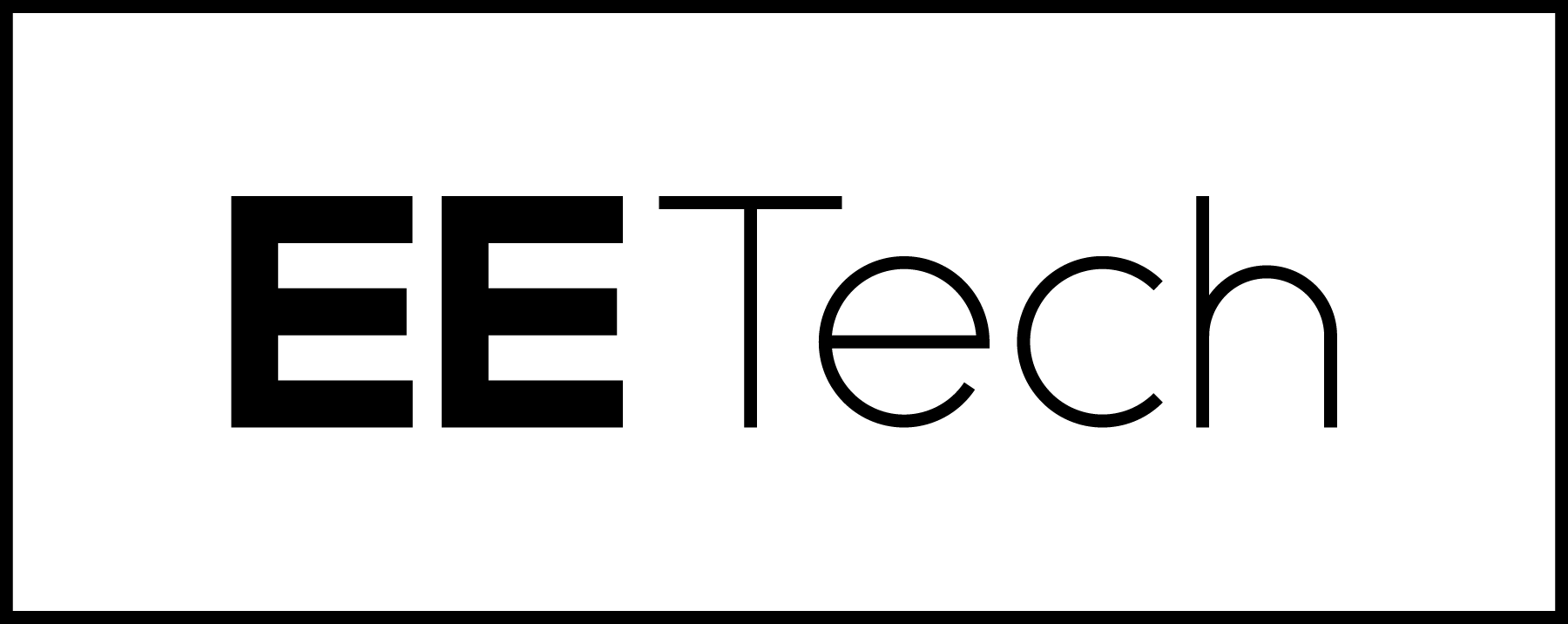Electrical engineers are some of the most influential professionals in the electronics industry. In order to understand these engineers, we must go beyond the basic assumptions that characterize them. We take a look at how they consume information, make purchasing decisions, and what they buy.
For the past five years, EETech Media has partnered with Wilson Research Group to analyze hard data straight from industry professionals around the globe. We establish valuable year-over-year trends and compare demographics to better define how engineers interact with the market.
 Kate Smith
Kate Smith
Editor-in-Chief
All About Circuits





